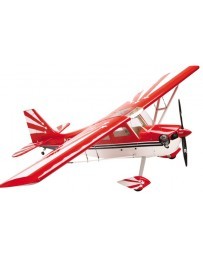
BELLANCA Aircraft Manuals PDF
History of Bellanca Aircraft
Some BELLANCA Aircraft Flight Manuals PDF above the page.
American aircraft designer Giuseppe Bellanca once said that his main task is to develop an aircraft that will combine maximum safety and the best characteristics of speed, payload and range.
The aviation pioneer achieved his goal in 1922 with the Bellanca CF passenger aircraft, the finest aircraft of its time and the first successful US-designed and built indoor aircraft.
The Bellanca CF was the sixth aircraft of its design. The first two aircraft were built in Italy - in the historical homeland of the aircraft designer.
The graceful aircraft had a good aerodynamic quality factor - 12, while for most cars of those years this figure was half that.
With an empty weight of about 427 kg, the aircraft had a very rare feature for 1922: to take a payload, the weight of which was greater than its own.
The CF could take off with a takeoff weight of 896 kg and, carrying 306 kg of payload, could fly 1000 km at a cruising speed of 154 km / h.
To the delight of the pilots, who had to land on rather nasty airfield fields, the landing speed was 57 km / h.
However, despite the undoubted technical triumph of commercial success, CF did not have: the American market was saturated with aircraft from the surplus of the WW1.
In these conditions, Giuseppe Bellanca could not find buyers for his high-class monoplane, which he estimated at five thousand dollars.
Also, his airline projects have attracted too few investors. CF series production did not begin without firm orders.


